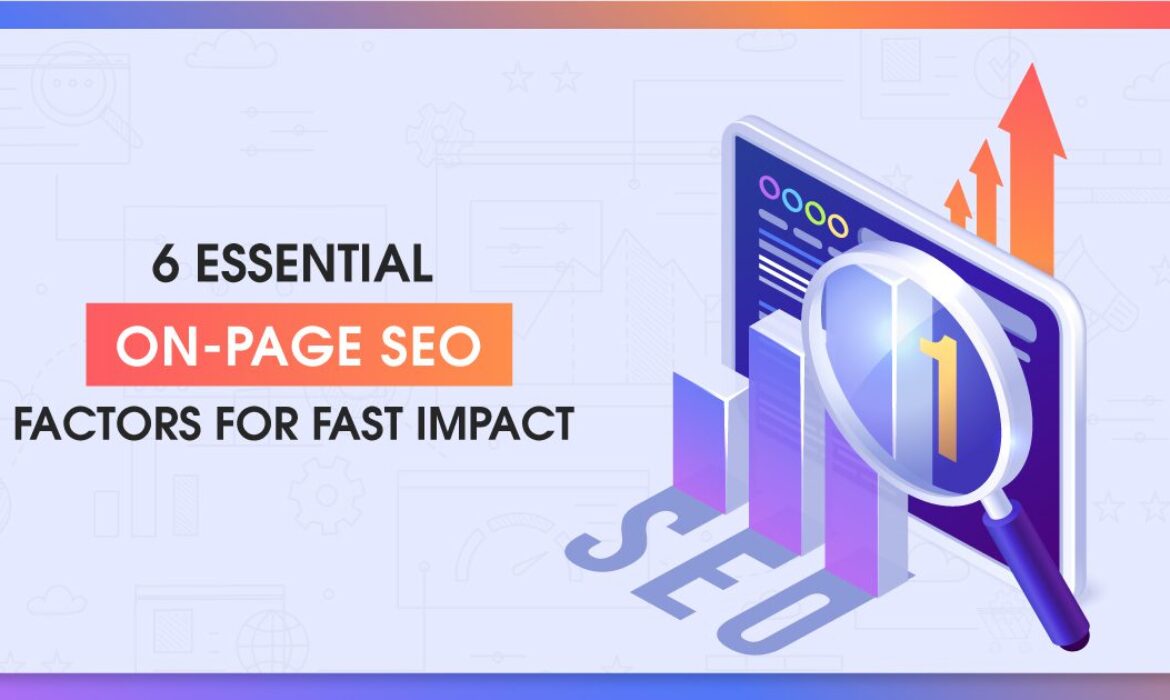1. Title Tag
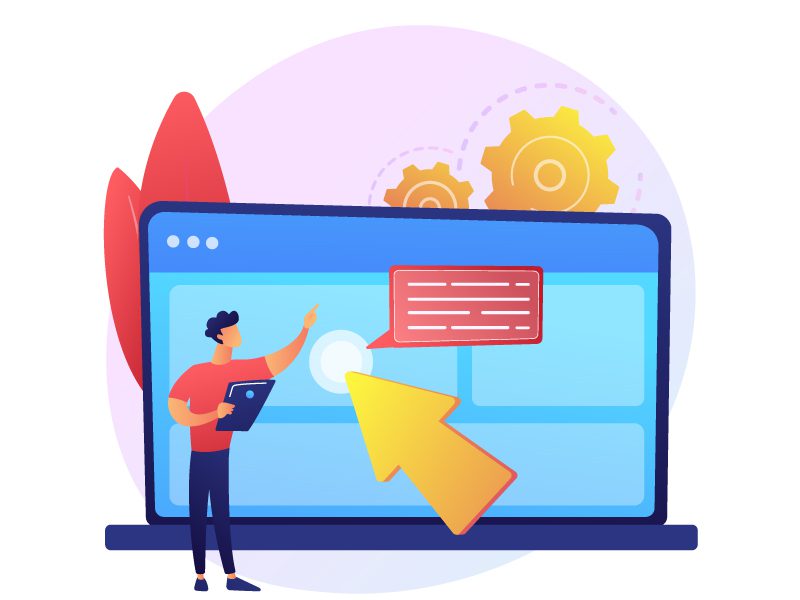 Whenever you search for a topic, keyword, or article on Google, the title tag is what shows up on the search engine results pages. It appears in the SERP above the meta description and beneath the URL. Title tags should be catchy, aligned with your brand, and keyword-optimized.
Whenever you search for a topic, keyword, or article on Google, the title tag is what shows up on the search engine results pages. It appears in the SERP above the meta description and beneath the URL. Title tags should be catchy, aligned with your brand, and keyword-optimized.
People click on articles based on their titles. Your objective is to make it as relevant to their search as possible because that will determine whether they click it or not. In addition to using the right keywords, here are some tips to help you accomplish the first step of on-page SEO optimization:
- Keep the title under 60 characters, preferably 55 characters at max.
- Avoid overusing keywords and place the main keyword first.
- Use attractive words in the title tag
- Do not include all cap
Make sure to know the targeted audience’s search intent and appropriate keywords to create the most relevant title tag for your webpage. Each page must have an eye-catching and descriptive title to communicate the context effectively.
2. Meta Description
 Your meta descriptions are the second on-page SEO factors that you must consider. A search result’s “meta description” appears directly below the title tag and URL. It is typically 155-160 characters long and gives an overview of your web page. The meta description helps the search engines assess what content is on a site. Therefore, seamlessly incorporating relevant keywords into the meta description is vital.
Your meta descriptions are the second on-page SEO factors that you must consider. A search result’s “meta description” appears directly below the title tag and URL. It is typically 155-160 characters long and gives an overview of your web page. The meta description helps the search engines assess what content is on a site. Therefore, seamlessly incorporating relevant keywords into the meta description is vital.
Ensure your page’s meta description contains the essential keywords at the beginning and precisely conveys the subject matter. This is because it can significantly influence the number of people who click on it, ultimately increasing the ranking and traffic.
Your descriptions must be simple and to the point, as Google only permits 150–170 characters to be presented in that area. Remember to include all the primary keywords at the beginning, even if the description exceeds the word count.
3. Quality Content
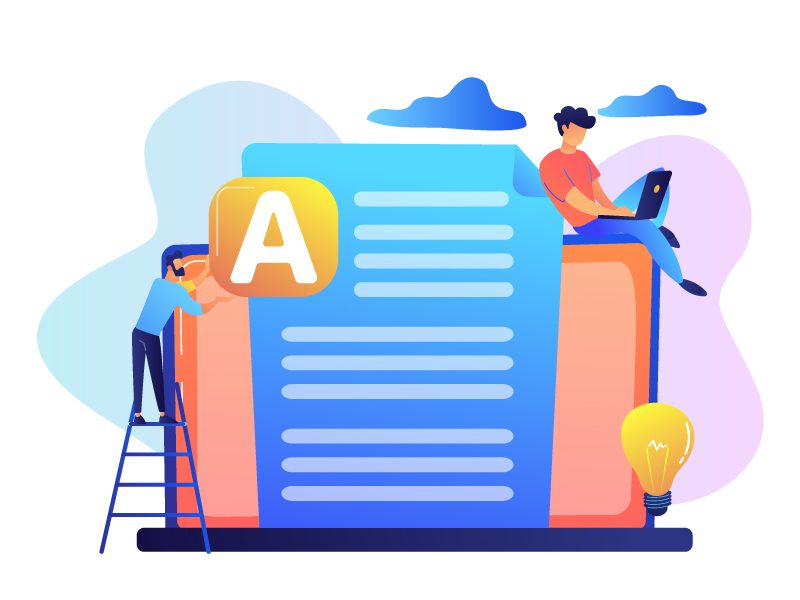
One of the vital aspects of SEO is the content you write. Your blog or website should only contain unique content that hasn’t been copied or edited from other websites. Search engines can quickly identify plagiarized or poorly written content, which affects your ranking. However, having original content is pointless if it’s not SEO-friendly and helpful for the audience.
Don’t forget to incorporate SEO-optimized content with primary keywords and all the other relevant terms into your texts. Great content must be:
- Deep and Comprehensive
- Abide by Google Content Guidelines
- Well-Structured
- Have Flawless Grammar
- Use the correct number of Keywords
- Answer all the queries of the reader
Avoid keyword stuffing as it negatively impacts the user’s experience and degrades your search engine results. The main focus should always be to create creative and quality content to engage the targeted users.
4. Well-Composed URL
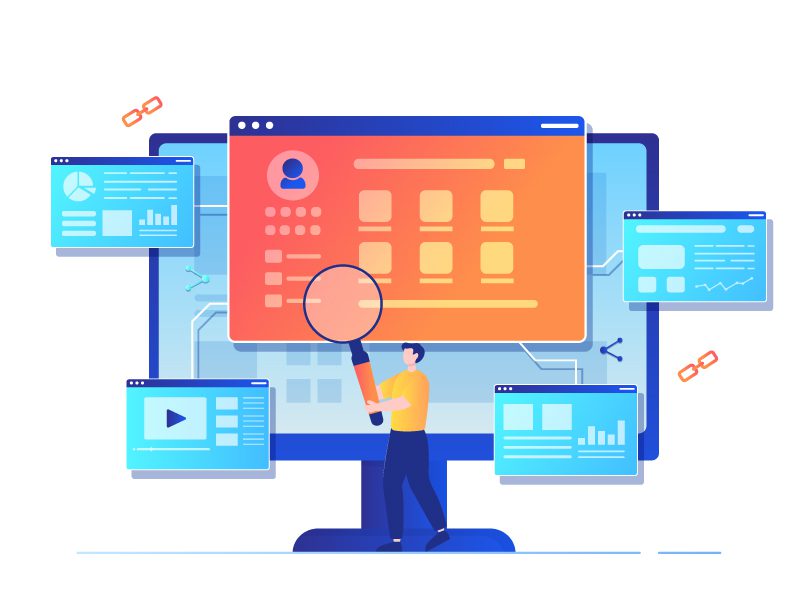
The URL of your page must express your page’s topic, much like the title tag and the H1 tag. It is best to keep URLs as precise and short as possible, given that Google claims the first 3-5 words are the ones that count under SEO on site. So, avoid using random characters; instead, use the main keyword (https://www.examplewebsite.com/link?46839).
Typically, URLs contain the article’s name with hyphens in place of spaces. This is because article names are already compact, highlight the most relevant keywords, and are intended to be captivating (https://w3-lab.com/web-design-services/). The user can easily determine the content of the links they are about to visit by looking at the URLs, whether it’s a service page or an article.
5. Descriptive Image Alt Text
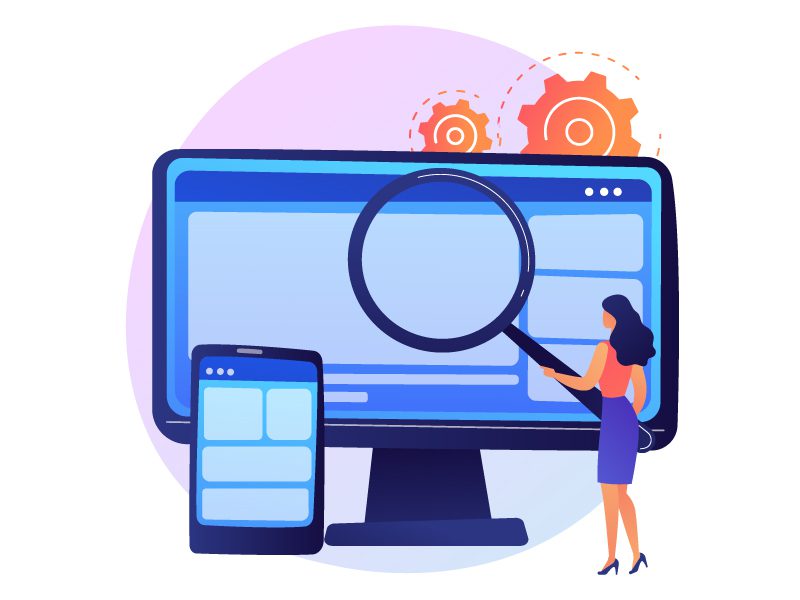
Adding images makes websites more engaging and visually appealing to the readers. Moreover, they give room between paragraphs, which helps structure and makes it interesting rather than dull. Using original photos enhances your SEO on-page optimization, but you must source the images if you don’t have that. Always go for relevant and top-quality pictures positioned in the right place in an appropriate size, or else the website will load slowly.
Image optimizations for SEO can be crucial depending on your content type. Any subject matter or content that is visual must have an optimized alt text. The critical step is to ensure that the image’s description accurately reflects what is on it before uploading it. Your alt title for a picture depicting a woman having coffee should not be “untitled98765”. Instead, use something like ‘woman_sipping_coffee.’
This assists search engines like Google and Bing crawl pages by understanding image files with descriptive alt tags. To fully comprehend a page and give users the best results when they search online, search engines must use alt text for this purpose. Besides SEO, a detailed alt text is necessary for those with a disability because it describes the appearance and function of the graphic they cannot see.
6. Internal Links
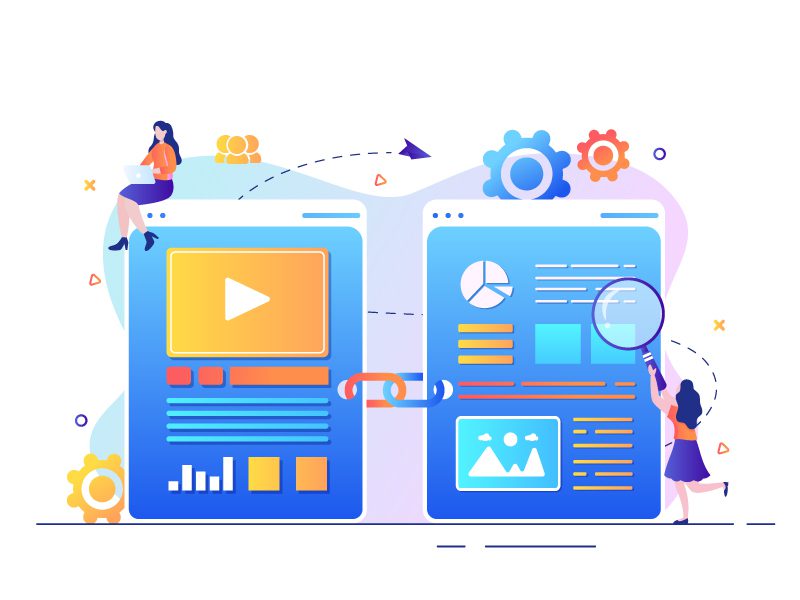
Internal linking requires minimal effort but is a powerful on-page optimization strategy. We favor internal links from a search viewpoint because they allow link authority to flow across the website, which aids you in optimizing anchor text to the landing page. In addition to this, it also makes the purchasing process more accessible, which benefits your revenue and conversion rate. Internal linking improvements must comply with two principles:
- Include meaningful or targeted keywords in your anchor text optimization instead of a generic call to action.
- Making smart link placement decisions (such as links from authoritative and relative content)
The practice of internal linking assures that visitors stay on your website longer on the pages of your website. You can use internal links to direct your blog readers to other related pages on your site. This tactic can reduce your bounce rate and increase the average time visitors stay on your website. These two vital SEO elements can assist in getting your website pages indexed and improve your website ranking on Google.
The Final Word
Search Engine Optimization is a continuous process dependent on the implementation which ultimately comes down to figuring out the right approach to deliver only the best to the targeted audience and making sure the website ranks at the top of SERPs.
Performance Based LLC is a world-class digital marketing company that can help you accomplish all your business goals efficiently with its premium on-page SEO services. Our experts develop the tailored and the most optimized plan to meet your expectations and give your users s rich experience.

